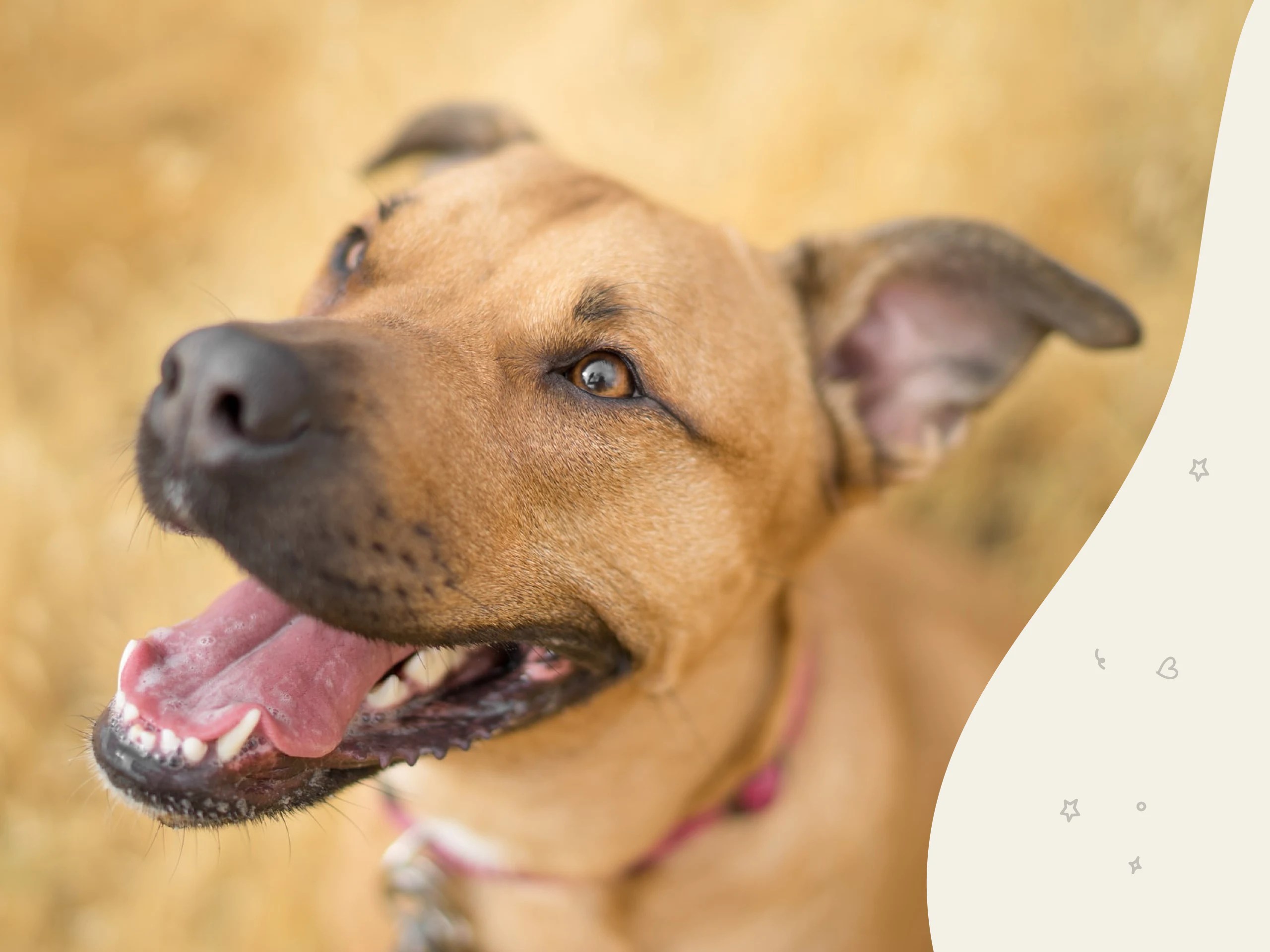 nvk-dog-training-collar.com
nvk-dog-training-collar.com Introduction: Choosing the Right Training Collar Before embarking on any training regimen using an e-collar, it's crucial to select a collar appropriate for your dog's size, temperament, and breed. Consult with a professional dog trainer or veterinarian for guidance on choosing a suitable collar. Understand the legal regulations regarding e-collar use in your area. Never use an e-collar on puppies younger than six months old, or on dogs with pre-existing health conditions without veterinary clearance.
Step 1: Acclimation and Association Begin by allowing your dog to wear the e-collar without any stimulation. Do this for short periods, gradually increasing the duration. Associate the collar with positive experiences, such as walks, playtime, or treats. This will prevent your dog from developing a negative association with the collar itself.
Step 2: Finding Your Dog's Working Level The "working level" is the lowest stimulation level your dog reacts to. To find it, start at the lowest stimulation setting on the collar. Gradually increase the stimulation one level at a time. Observe your dog closely for any signs of recognition, such as ear twitching, head turning, or a change in expression. The level at which you observe this is your dog's working level.
Step 3: Basic Obedience Training (On-Leash) Start with basic commands your dog already knows, such as "sit," "stay," and "come," using a leash in a controlled environment. Give the verbal command, and if your dog doesn't respond, use a gentle leash correction combined with a brief, momentary stimulation at your dog's working level. Immediately reward your dog with praise and a treat when they comply with the command.
Step 4: Gradual Progression to Off-Leash Training Once your dog consistently responds to commands on-leash with the e-collar, you can begin off-leash training in a secure, enclosed area. Repeat the same commands as before. If your dog hesitates or ignores the command, use the stimulation at their working level. Remember to immediately reward compliance with praise and treats.
Step 5: Reinforcement and Consistency Continue to reinforce desired behaviors with positive reinforcement. Gradually decrease your reliance on the e-collar stimulation as your dog's obedience improves. Maintain consistency in your commands and expectations. Use the e-collar only as a reminder, not as a primary training tool.
Step 6: Advanced Training (Optional) After your dog has mastered basic obedience, you can use the e-collar for more advanced training, such as recall in distracting environments or correcting unwanted behaviors like excessive barking or jumping. Always consult with a professional trainer before attempting advanced training.
Safety Precautions: Never use the e-collar as a punishment tool. Do not use continuous stimulation for more than a few seconds. Regularly check the collar fit to prevent skin irritation. Avoid using the e-collar near water or in areas with electrical interference. Always supervise your dog when they are wearing the e-collar.
Conclusion: Responsible E-Collar Use E-collars can be a valuable tool for training and managing dogs, but they should be used responsibly and ethically. Focus on positive reinforcement techniques and use the e-collar as a supplement, not a replacement, for traditional training methods. Always prioritize your dog's safety and well-being, and seek professional guidance if you are unsure about any aspect of e-collar training.
Nvk Dog Training Collar Review
 mydogtrainingcollar.com
mydogtrainingcollar.com Nvk Dog Training Collar Official Website
 nvk-dog-training-collar.com
nvk-dog-training-collar.com Nvk Dog Training Collar Review
 mydogtrainingcollar.com
mydogtrainingcollar.com  eskipaper.com
eskipaper.com  alchetron.com
alchetron.com  w-dog.org
w-dog.org  bebusinessed.com
bebusinessed.com  www.worldanimalfoundation.org
www.worldanimalfoundation.org  wallsdesk.com
wallsdesk.com  www.alamy.com
www.alamy.com  www.dreamstime.com
www.dreamstime.com  societyfortheblind.org
societyfortheblind.org  www.kingofkingslutheranchurchnnj.org
www.kingofkingslutheranchurchnnj.org  www.packagingdigest.com
www.packagingdigest.com  mywifequitherjob.com
mywifequitherjob.com  midwestfoodieblog.com
midwestfoodieblog.com  ar.inspiredpencil.com
ar.inspiredpencil.com  www.themanual.com
www.themanual.com  thedogtrainingpro.com
thedogtrainingpro.com  raisingk9.training
raisingk9.training  aplusdogtrainingandboarding.com
aplusdogtrainingandboarding.com  4kwallpapers.com
4kwallpapers.com  www.fetchpet.com
www.fetchpet.com  dogtime.com
dogtime.com  wagbrag.com
wagbrag.com